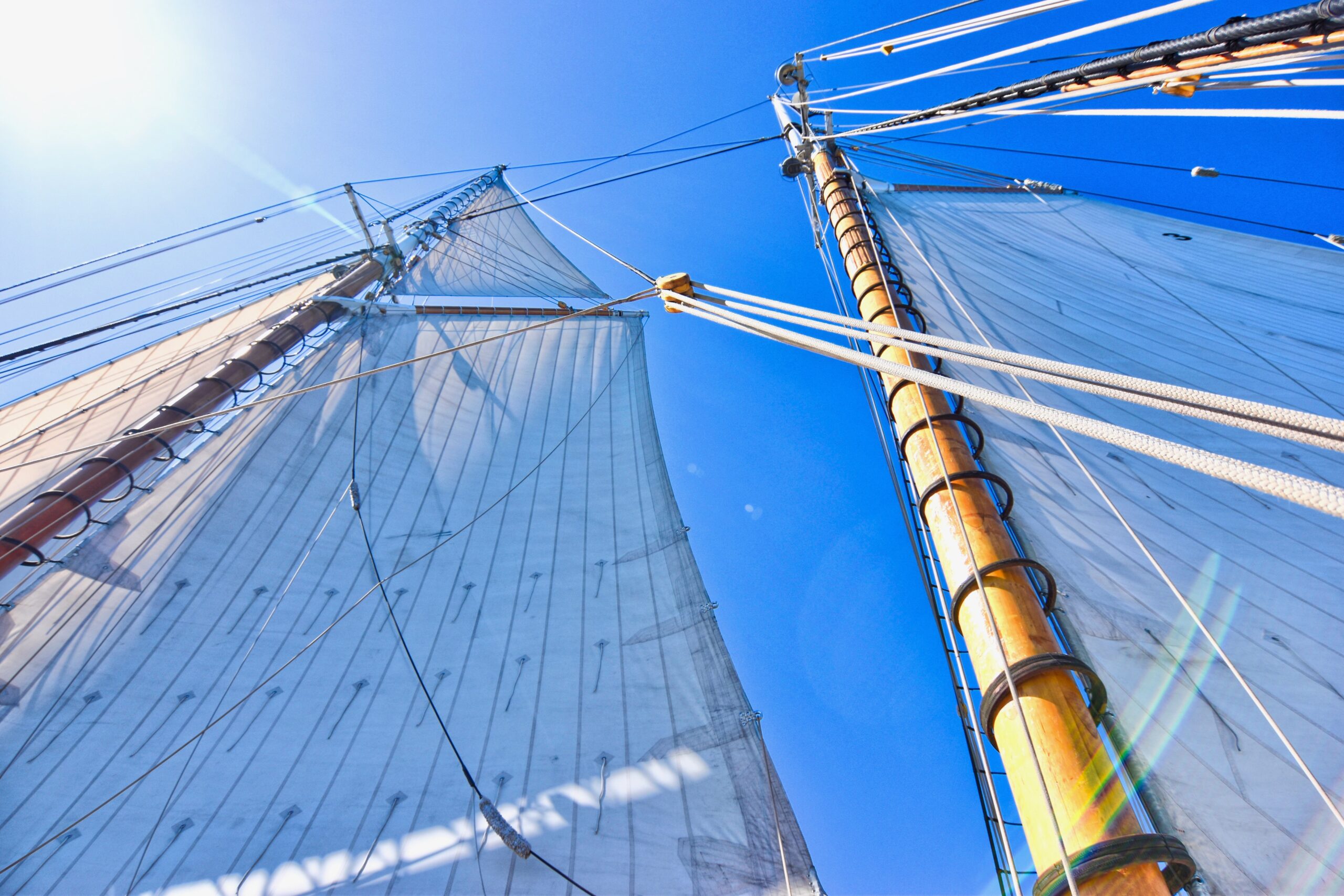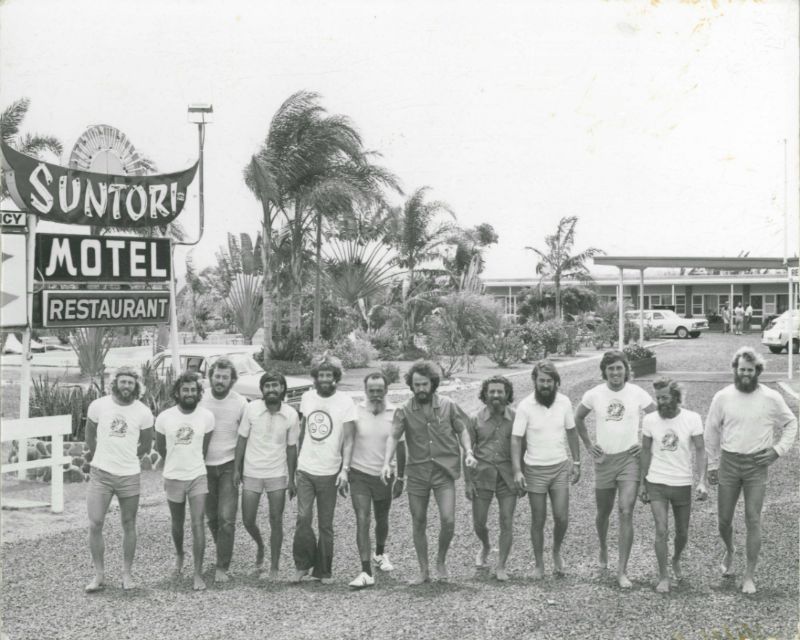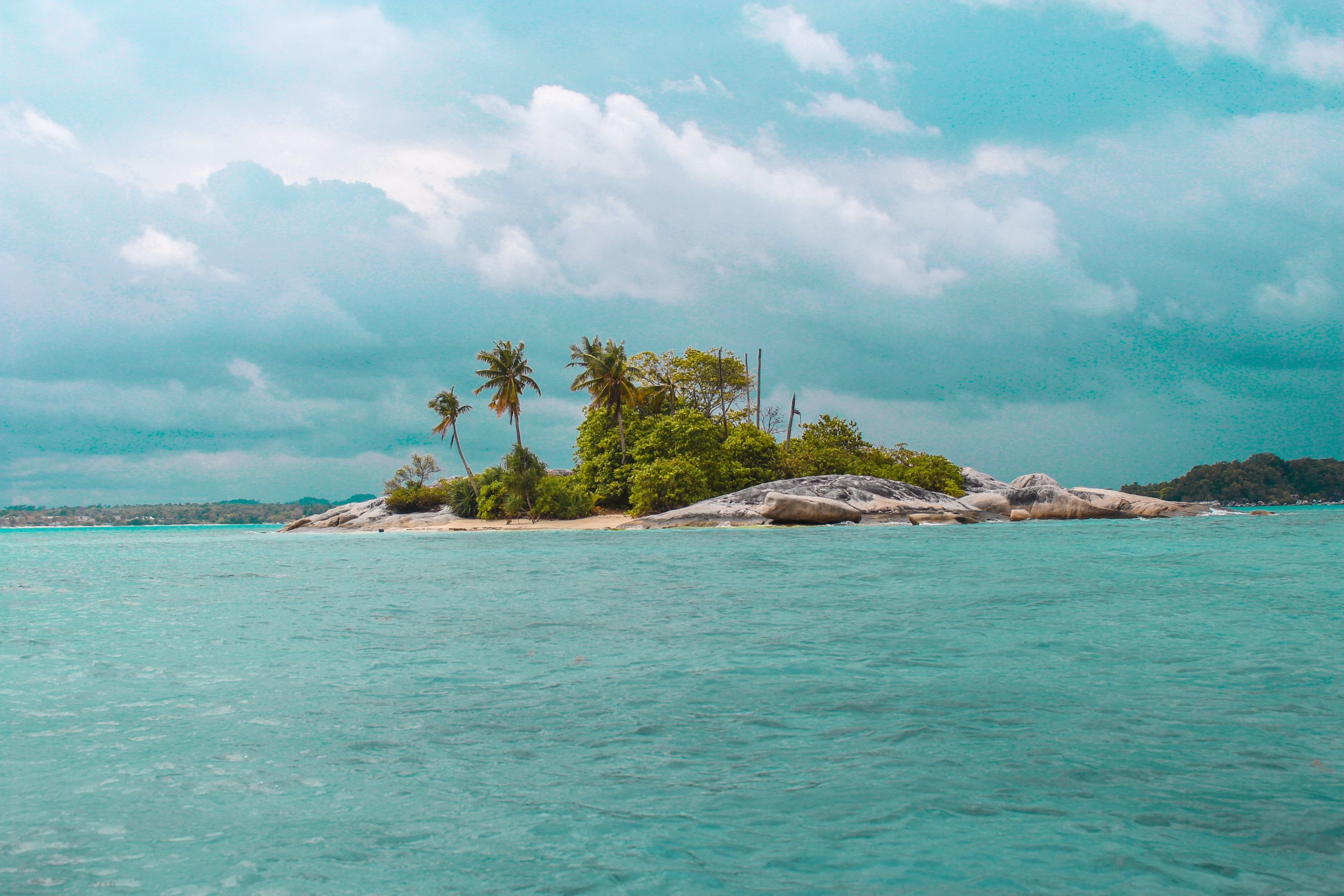Centaur
The recent commemoration of the D- Day landings during the second World War serves as a reminder of the sacrifices made by our enlisted personnel in times of war. It also reminds us of those who faced great danger to care for the sick and wounded in the aftermath of battle.
The task of providing further care and transporting the wounded home or to the nearest land-based hospital often fell to hospital ships. Staffed by nurses and doctors as well as the sailors required to sail and manoeuvre the ship. The Australian Hospital Ship Centaur was such a vessel.
When the Australian Government determined that they required a small, shallow draft vessel for conversion to a hospital ship for the short voyages between the east coast ports of the mainland and New Guinea they commenced a search and found the Centaur which was made available by the UK war department.
Centaur met our requirements as at the time of her construction in 1924, she had been designed to service the coastal communities on the west coast of Australia. Due to the high tidal variations on the west coast she had been built with a flat, strengthen bottom which allowed her to rest on the mud at low tide without damage to her structure. At the time of her launch at Launched at Greenock, Scotland, she was sailing under the flag of the Ocean Steam Ship Company also known as the Blue Funnel Line.
Even before being converted to a hospital ship Centaur had distinguished her-self in humanitarian service. While plying her usual trade route from Singapore through the East Indies and Australia she intercepted a distress call from a Japanese whaler, Kyo-Maru. The whaler was a taken in tow and safely bought into Geraldton harbour.
In November of 1941, she came across the survivors of the armed German merchant cruiser, Kormoran, which only hours before had been in a battle with HMAS Sydney off the Western Australian coast. Both vessels were lost in the engagement. While HMAS Sydney was lost with all hands, sixty-two of the Kormoran’s crew made it into lifeboats. Centaur took the survivors in tow and they made landfall at the Carnarvon Western Australia.
After conversion in a hospital ship Centaur sailed from Melbourne to Sydney in March of 1943. Her medical staff joined the ship on the 21st of March of that year and some minor changes were made to her configuration to make the ship more comfortable to patients travelling in the humidity of the tropics. Her first tour was to Townsville to take on board wounded and return them to Brisbane.
After embarking medical staff from both the US and Australia she sailed to Port Moresby and then returned to Sydney with wounded from the New guinea campaign arriving on the 8th May,1943. No one could have known that within a week of setting sail on the 12th May she would meet a tragic fate at the hands the Japanese submarine I-177.
In the pre-dawn hours, while most of the crew and medical staff were sleeping a torpedo stuck Centaur near her fuel oil bunkers. An explosion and fire engulfed the ship and she quickly foundered, many were trapped below decks and a number of those who made the upper deck were sucked under by the suction as the ship sank. Those that found themselves in the water suffered from oil inhalation and server burns. Of the three hundred and thirty-two souls on the ship it is estimated that as few as one hundred found themselves floating in the ocean. Many of these fell victim to shark attack in addition to the trauma of their injuries. Only one doctor and one nurse survived in the water till rescuers were on scene.
After being sighted by aircraft the destroyer USS Mugford braved the threat of submarine action to rescue the sixty-four additional survivors who had clambered into a life raft and drifted bout 20 nautical miles from the scene of the sinking.
As the Centaur was protected by her red crosses and the Geneva Convention it was unlikely that anyone onboard the ship expected that the war would be brought to the in such a violent and perilous manner. There are many tales of bravery and heroism that are part of the story of the Centaur and her treacherous end. Visitors to the Ballina Naval and Maritime Museum can read newspaper clippings of the time as well as examining a scale model of the Centaur in a special display set aside to honour the great sacrifice and bravery of this heroic vessel and her gallant crew seventy-six years ago.





